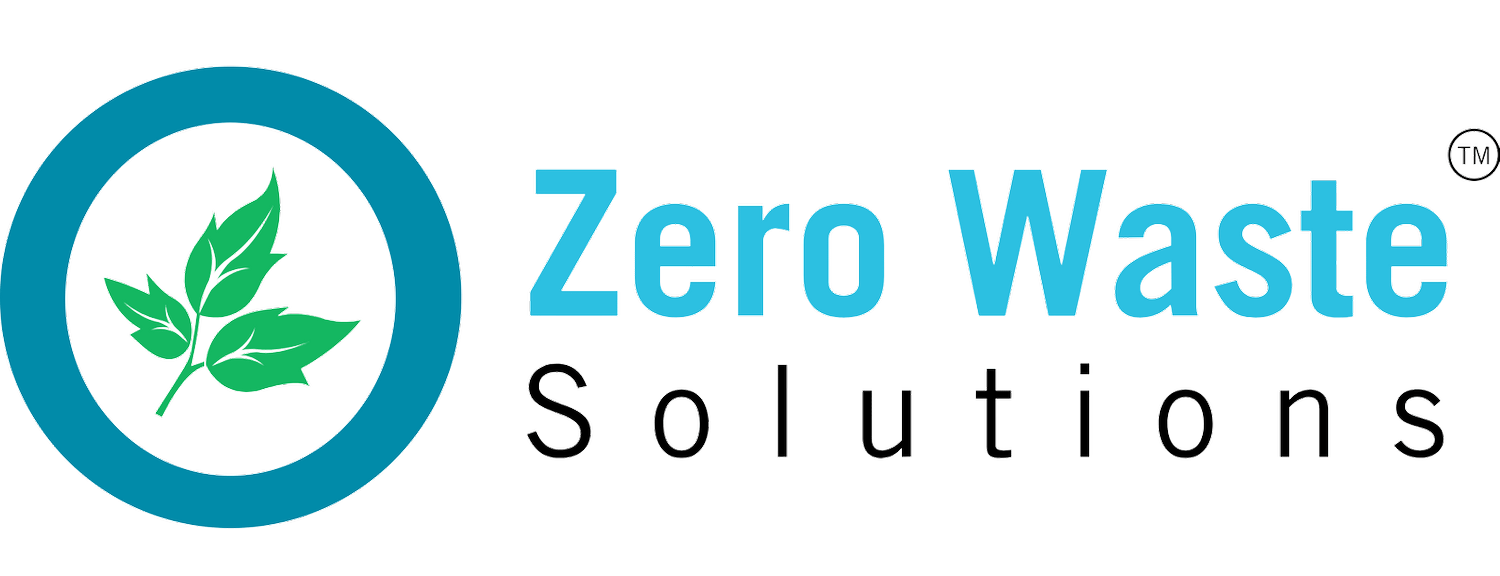America’s Recycle Day
No one is more excited about a national holiday than elementary school children. It could be Flag Day and they would be celebrating like it’s no different than Christmas. While your company may not have denoted “America’s Recycle Day” as one of the designated days off in the calendar, this is to bring awareness to the subject. “How often do we stop to consider where our trash ends up?”
November 15th is the day that the Environmental Protection Agency (EPA) is calling America’s Recycle Day. It falls on a Friday this year, so you can get your weekend kicked off with a thrill. So what does this mean? Let’s talk about it. It is close to impossible for you to go about your day and not interact with or at least catch sight of one item in the world made of material such as metal, cardboard, glass, or Styrofoam. On your residential curb, you may have one or two bins. One is for items not able to be recycled and the other can. Some states may only have one bin, but that doesn’t mean the state doesn’t recycle. This just means the rate of recycling is lower.
The 2023 report “50 States of Recycling” includes new data. According to released by the Ball Corporation and Eunomia Research & Consulting showed:
Maine, Vermont, Massachusetts, Iowa, and Oregon had the highest recycling rates.
9 of the 10 states with the highest recycling rates have Recycling Refunds (also known as bottle bills or Deposit Return Systems)
States with Recycling Refunds recycle 27% more packaging (excluding fibers and flexible plastics) than non-Recycling Refund states.
$6.5 billion worth of material is lost to landfills annually and could be captured through more effective recycling practices.
When did recycling become a concept? In the United States, it became prominent during the world war in the 1960s and then, in succession, with the introduction of the environmental movement. But, let’s backtrack even further: recycling dates back to 400 B.C. Albeit, it was not called recycling…it was simply people who understood the value of an item and thus made every effort to waste as little as possible and breathe new life into old clothes/shoes/household items. These people made commodities go further. They did it because they had no choice. Their livelihood depended on it. Whereas in current times, it is seen as “doing your good deed of the day.”
Starting to recycle is a manageable task. With anything in life, small steps are most palatable to make a new task less overwhelming. We all need our “why.” Two simple ways to start recycling would be to purchase a permanent water bottle or travel coffee mug. A step further would be to incorporate more canvas bags in one’s car for grocery shopping and buy sturdy ceramic Tupperware for leftovers in the refrigerator.
It always seems out of reach to think about how far is needed to go to become a less wasteful city, state, or country. The first initial thinking people tend to do is to drive that metaphorical car off into the distance as fast as possible. At some point, you will run out of gas and need a refill. Now, where and how that refill comes about could have many avenues. What is important to know:
People want to save money
People want to save time
People will understandably thus want to save this blue floating space rock that is called Earth
Why should we care about recycling, if there could be far bigger issues discussed worldwide regarding the environment? Videos like “The Story of Stuff” illustrate how many supply chains are linear, relying on finite resources and contributing to waste buildup. This way of executing product creation will only work for a finite amount of time. As waste accumulates, developed countries often offload it to less wealthy nations, creating environmental inequalities. Next time you see that green triangular recycling symbol, ask yourself: Is this the end for this item, or can it be repurposed? Or can it “go” further, as space exploration has?
